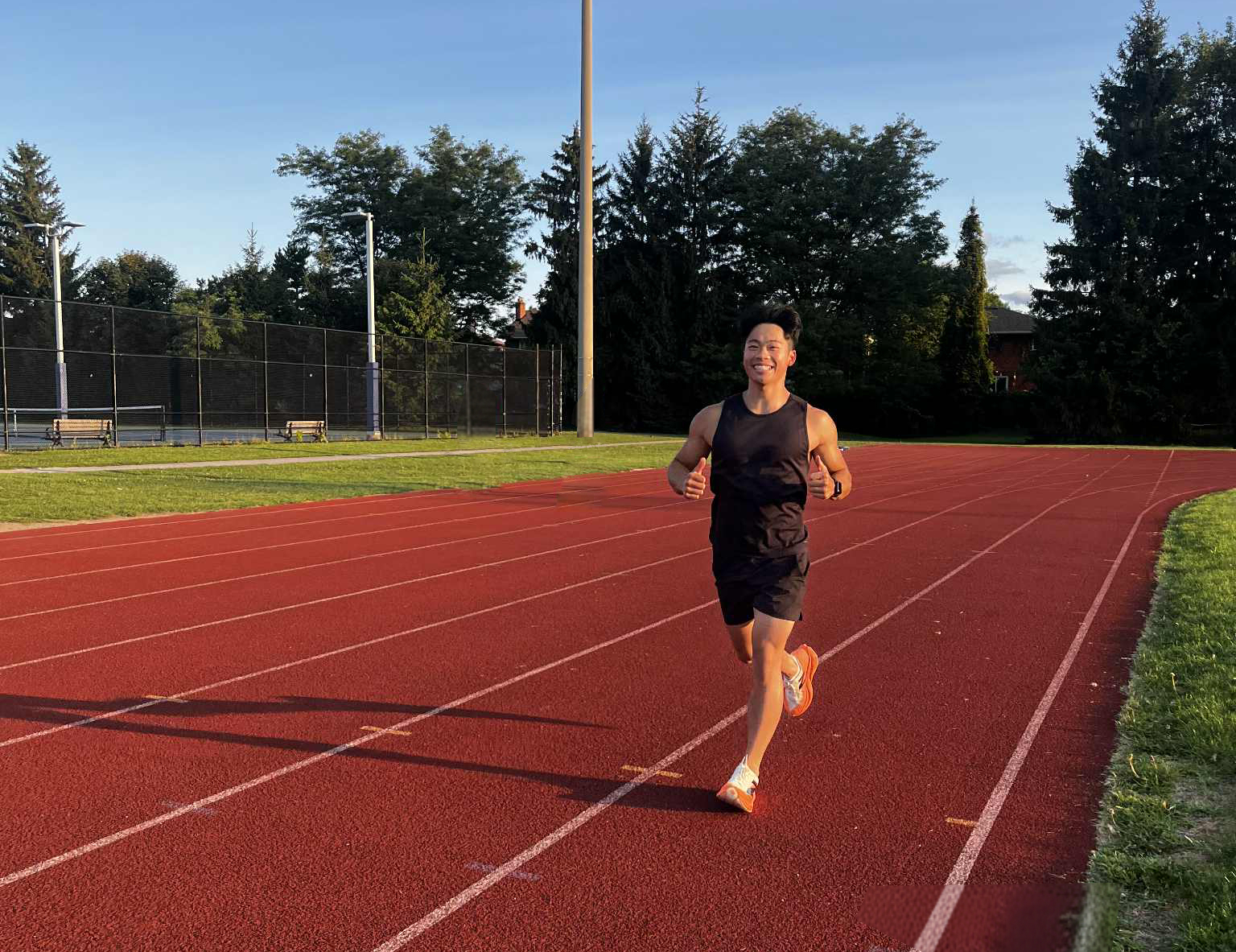
Ready, Set, Run! Preparing for Fall Running Races
Antony Yang, Resident Physiotherapist
Fall is one of the best times of year to lace up your shoes and hit the pavement. The crisp air, cooler temperatures, and beautiful scenery make it the perfect season for running. But whether you’re tackling your very first 5K or setting a personal best in a half-marathon, success on race day comes down to one thing: preparation.
At Apple Creek Sports Medicine, we see runners every fall who are eager to push themselves, but sometimes they don’t give their bodies enough time to adapt. That’s why I want to break down some realistic training timelines to help you safely and confidently prepare for your fall race.

Training Timelines: How Long Should You Train?
5K – 6 to 8 Weeks
A 5K (3.1 miles) is a fantastic starting point for new runners. Most people can prepare in about 6–8 weeks, depending on their fitness level.
- Focus: Build endurance with 2–3 short runs per week, gradually increasing distance.
- Tip: Include one “long run” each week that extends beyond your usual distance.
- Extras: Add bodyweight strength training (squats, lunges, planks) twice a week to prevent injuries.
10K – 10 to 12 Weeks
A 10K (6.2 miles) doubles the distance and requires a more structured build-up. Allow about 10–12 weeks of training.
- Focus: Run 3–4 times per week with a mix of easy runs, one long run, and some interval training for speed.
- Tip: Cross-training (cycling, swimming) can help reduce impact while boosting cardiovascular fitness.
- Extras: Consider a more structured and progressive resistance training program as your running volume will quickly ramp up.
Half-Marathon – 14 to 16 Weeks
A half-marathon (13.1 miles) is a big challenge that requires patience and consistency. Plan at least 14–16 weeks to prepare.
- Focus: 4–5 runs per week, with progressively longer long runs. Your goal is to be comfortable covering 10–11 miles before race day.
- Tip: Schedule rest days
- Extras: See a Physiotherapist for a consult on how to minimize risk of running injuries based on your individual running patterns
General Tips for Every Distance
- Start where you are: Don’t jump into mileage your body isn’t ready for.
- Listen to your body: Sharp or persistent pain is a sign to slow down and get checked out.
- Warm up & cool down: Dynamic stretches before, static stretches after.
- Consistency wins: Training regularly beats “cramming” long runs right before race day.
When to See a Physiotherapist
-
Even with the best preparation, aches and pains can sneak in—shin splints, runner’s knee, or tight calves are common. Working with a physiotherapist can help you address small issues before they become race-stopping injuries. At Apple Creek, we can build individualized treatment plans, guide recovery, and even optimize your running form.
Final Thoughts
No matter your distance, training smart makes race day so much more enjoyable. Give yourself enough time, build gradually, and take care of your body along the way. With the right preparation, you’ll not only cross the finish line—you’ll have fun getting there too.
Good luck with your fall races, and remember: run strong, run smart, and enjoy the season!
About the Author:
Before becoming a physiotherapist, Antony was McMaster University’s highest-levelled personal trainer, where he honed his ability to select and teach the most effective exercises for strength, mobility, and injury prevention. Outside the clinic, you’ll often find Antony running on local trails or training at the gym—so feel free to say hi if you see him at your local run club.
For more information about Antony,
